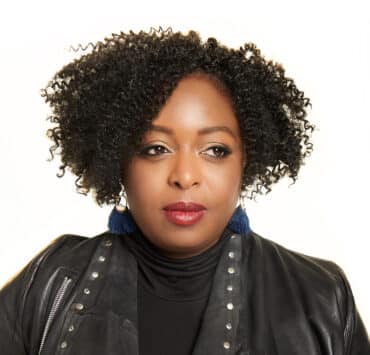|
Getting your Trinity Audio player ready... |
Rama Ravindranathan describes her entry into healthcare technology as a mere accident. It was her first job after graduating with a degree in computer science, statistics, and mathematics from Sri Venkateswara University in India. Though she felt out of her element at first—she recalls a plethora of new terms like “payer” and “provider” being “thrown at her”—she loved being able to see her impact and who she was helping.
Now she has a senior-level title and has been granted three patents so far, with eleven more in the works to get processed by US Patent and Trademark Office.
As the senior director of technology strategy at healthcare company UnitedHealth Group, Ravindranathan is constantly creating personalized healthcare technologies. Every patient’s case is unique, she says, and technology can be the differentiator. If ten people have COVID-19, they won’t all be treated the same way because they may have different situations.
“How we build the technology helps the provider zoom in on one patient alone,” Ravindranathan explains.
“When you’re going through a surgical procedure, all the focus is on taking this pill or that pill. Never had I thought about ‘Did you eat to help with your medical journey?’”
Rama Ravindranathan
Her two brainchildren, Nutrition Intervention for Chronic Conditions (NICC) and Care Concierge, were innovations that were both born out of seeing the gaps in healthcare solutions—and seeing the pain endured by her loved ones who had gone through the healthcare system.
NICC is an app that connects patients with registered dieticians. “When you’re going through a procedure, all the focus is on taking this pill or that pill,” Ravindranathan says. “Never had I thought about ‘Did you eat to help with your medical journey?’”
Through NICC, people can work with a dietician to create meal plans that work with their dietary preferences and medications. The plans also account for any medication-based side effects that would impact eating, such as mouth sores or nausea.
Meanwhile, Care Concierge is a rideshare service that gets patients to their appointments. Patients and caregivers can book rides and even request the same driver each time. This was especially important to Ravindranathan. “I knew my dad wouldn’t open the door to any stranger,” she says, “so they needed to be able to build trust overtime.”
Caregivers can track the ride, and doctors can see what kind of route was taken. After all, speed bumps can be significant when recovering from spinal cord surgery.
When she isn’t developing her own ideas (she’s now building a product that addresses the compliance and regulatory requirements to protect the safety and occupational health of employees at companies both large and small), Ravindranathan is helping middle school girls brainstorm theirs. For better or worse, girls are often told to enter “caring” professions, Ravindranathan says. And so why not funnel that care into tech?
“Tech involves both the left and right brain,” she says. “The artistic and caring side combined with the analytical side of the brain is the perfect breeding ground for innovation.”
“Tech involves both the left and right brain. The artistic and caring side combined with the analytical side of the brain is the perfect breeding ground for innovation.”
Rama Ravindranathan
When girls are exposed to problems, their “warm and fuzzy” side kicks in, Ravindranathan observes. And with the right tools, they can be empowered to create a machine to solve it. She is showing these girls, the future of the nation, that women can be—and excel—in tech.
That’s something she didn’t see growing up, but being a role model has always been a tenet of Ravindranathan’s career. Thanks to her servant leadership style, empathy and community building are always at the forefront of her work, whether that means helping young women ideate, going to bat for her team and their needs, or putting her title aside and returning to the basics.
“It’s all about leading by example,” Ravindranathan says. “If they see me do something, they will embrace it.”

